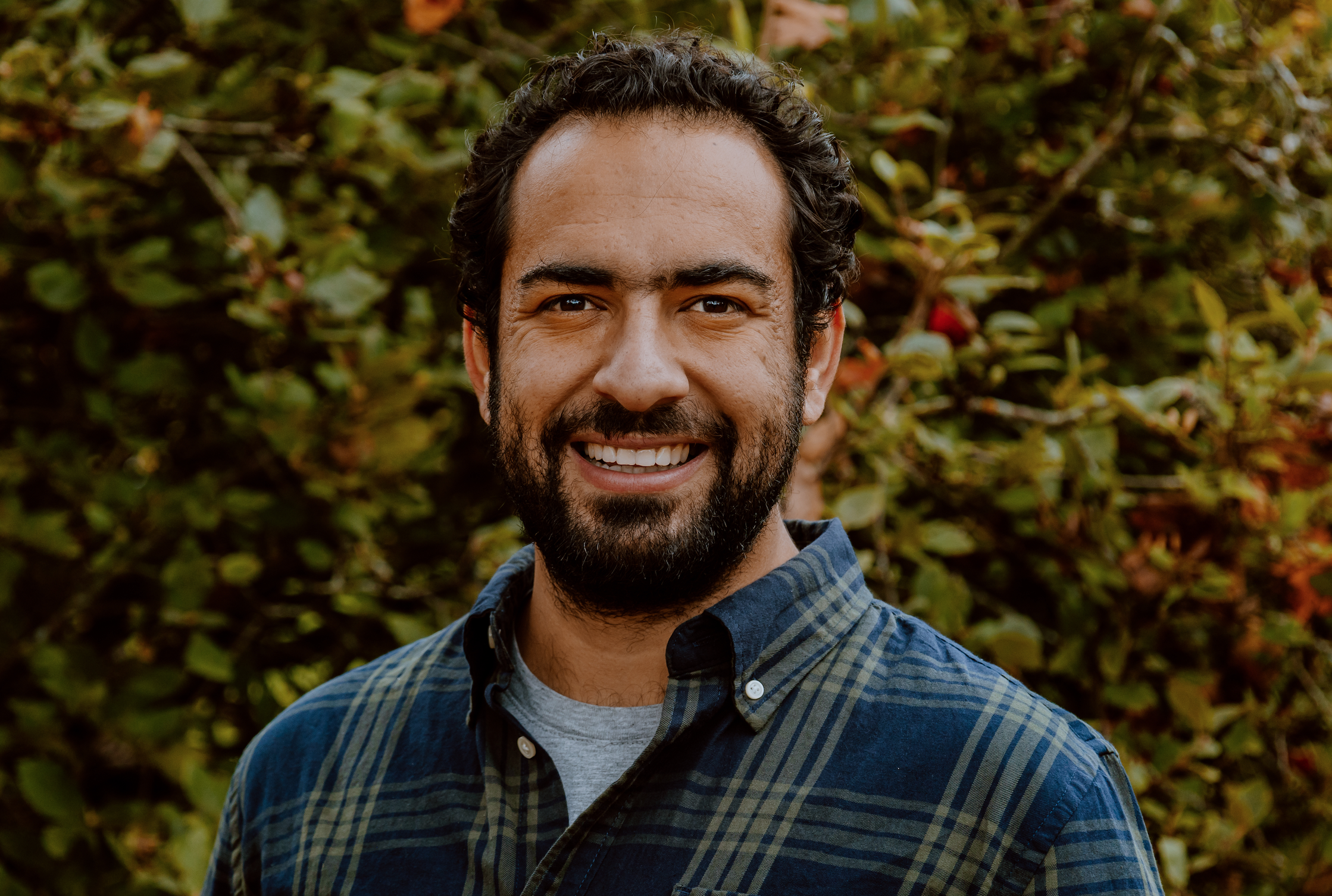Welcome to 3 Tips in 3 Minutes for CSR leaders. With me today is Fadi Al Qassar with Venture2Impact. Tell us about your company.
Venture2Impact is a nonprofit corporation that focuses on bridging the tech divide. We do that by leveraging design thinking and the skills of skilled volunteers from various tech companies to support communities and organizations that need those skills but can’t afford to access them.
Fantastic. What are your 3 Tips for us today?
My tips are centered on measuring the impact of your skills-based volunteer program.
- Have a theory of change (TOC). A theory of change is a comprehensive description and illustration of how and why a desired change is expected to happen in a particular context.
So, if you’re a CSR leader, you want to understand what you want to achieve globally in your skills-based volunteer program. Measuring the impact of traditional volunteer programs is easier, but with SBV, a method to understand the input and output may be more difficult. For example, what happened because you taught English or built an organizational app? These will come through on your TOC, however.
- The second tip is to use the organizational impact measurement framework (OIMF). The OIMF is a living document that tracks our organization’s impact metrics. Things like the number of volunteers involved, nonprofit satisfaction, and money saved because you created that solution.
It is a tedious, manual document that can involve intern and junior staff input. You’re trying hard to capture all the different things you’re doing in your volunteer program—your impact program, which all flow back to your theory of change.
- The last thing I want to offer is a project-by-project monitoring and evaluation plan. This plan is where you go as a CSR leader, supporting your colleagues in executing a specific SBV program.
You refer to the plan at the end of a program to measure the change because of that direct intervention. For instance, did the participants increase their confidence? Were they able to raise more money to support their programming? This information goes back to the OIMF and the TOC. Then you can see how the problem you solved in the TOC is playing out in your community.
Full circle.
Yes, full circle. Besides these 3 Tips, I want to offer 3 ‘keep in mind’ tips, if that’s ok?
Absolutely.
Number one; are co-creation and co-design. As an organization, we adopt a human-centered design approach to each step of our impact measurement. This means we don’t decide outcomes for participants or nonprofit partners. Instead, the metrics are co-designed for collective success.
Accountability and stakeholdership.
Exactly. Another tip is to do intersectionality and gender-based assessment or analysis. It can be awkward, but it’s so worth it because it will inform how you implement your plan and the larger goals you’re trying to achieve. For example, if you have fewer women attending a program, you can consider whether providing childcare may be necessary.
That’s a great point.
Finally, be realistic. I’m a nonprofit, and as a CSR leader, you will speak to other nonprofits. We are all slammed, stretched super-super thin. Our staff and our budget are at capacity. So be intentional about what you want to measure, what is essential to know about your programming and the support you offer.
Don’t try to be all things to all people. It’s impossible.
Yes, be strategic and ensure you can offer support to complete the measurement of your program. Measurement is not an add-on—it’s part of the program. The project is only complete when the evaluation is done, and we communicate the measurement.
Maybe I went over 3 Minutes, but these are my 3 Tips.
It’s ok. This is all valuable information. How can people reach out to you?
They can find me on LinkedIn, at Venture2Impact, or on Instagram.
It’s always great to see you, and I look forward to continuing to work with you. And thank you for 3 Tips, or really, 6 Tips in Three (or so) Minutes.

I spend my days talking to techies and business professionals (mainly) from Salesforce.com, Netflix, Microsoft, Apple, Telus, IBM, Stanford University and many other companies to onboard them on skilled-based, volunteer-abroad programs.
I believe that solving the world’s most complex social, economic and environmental problems requires the brightest minds and our fullest commitments.
